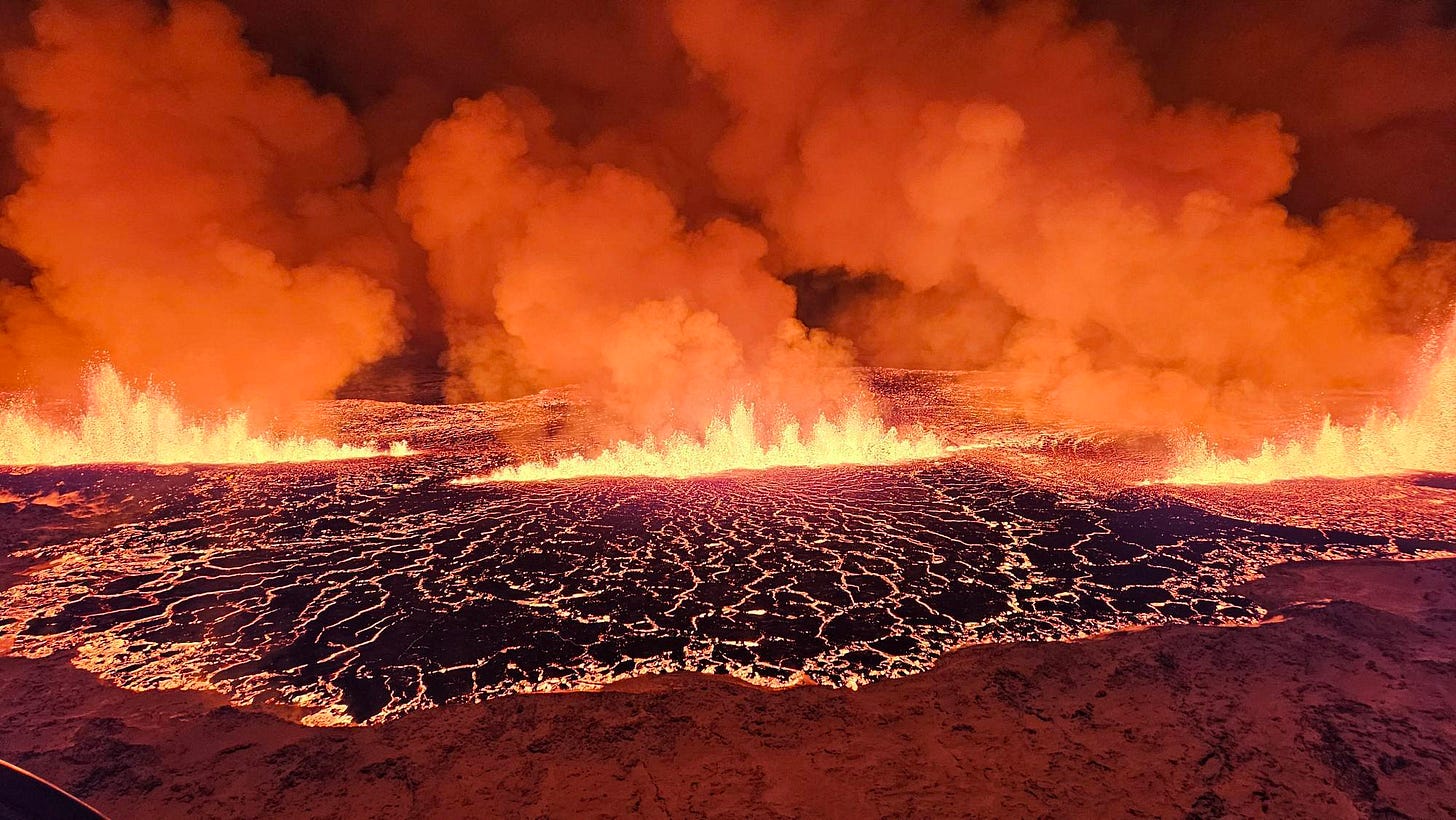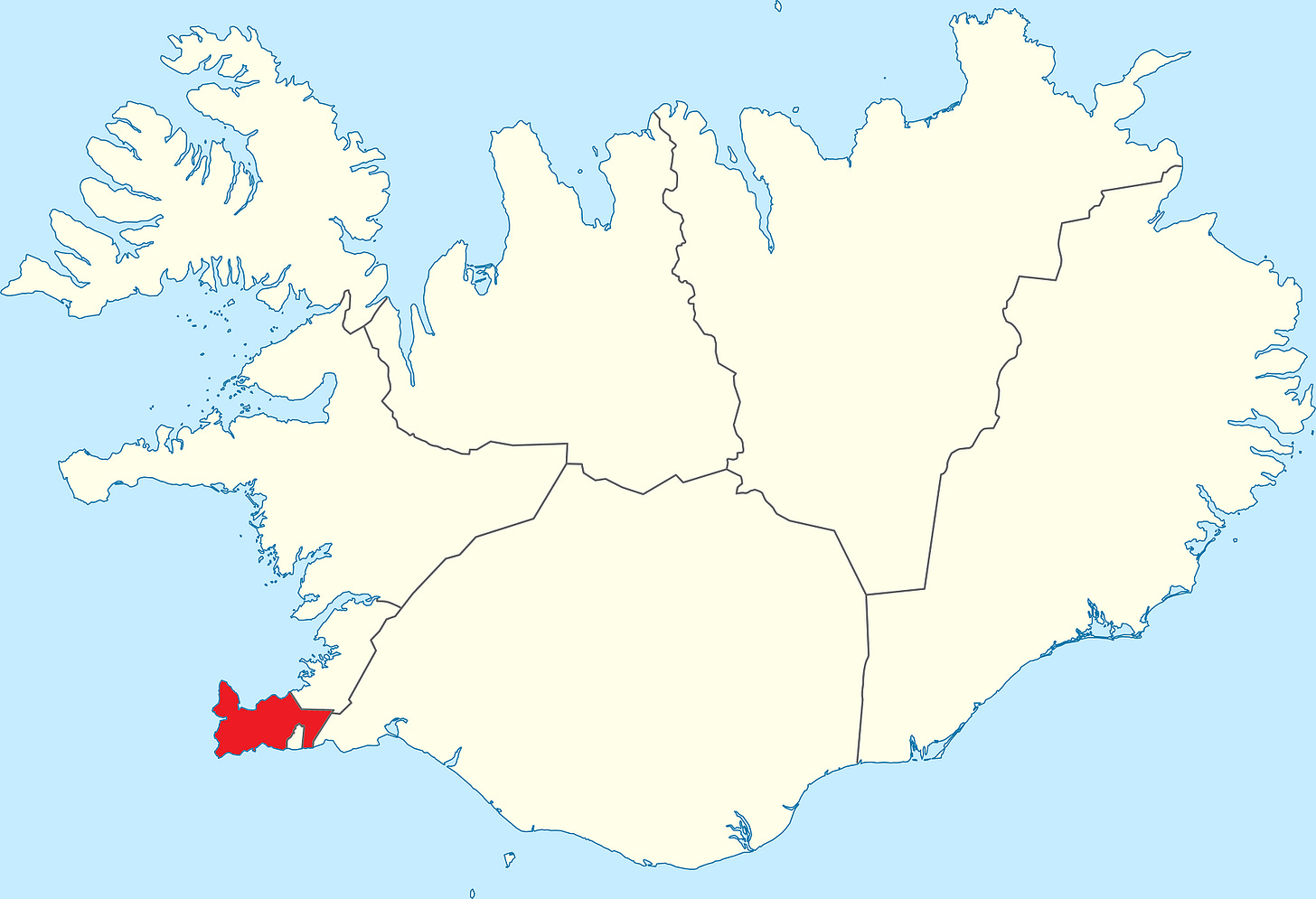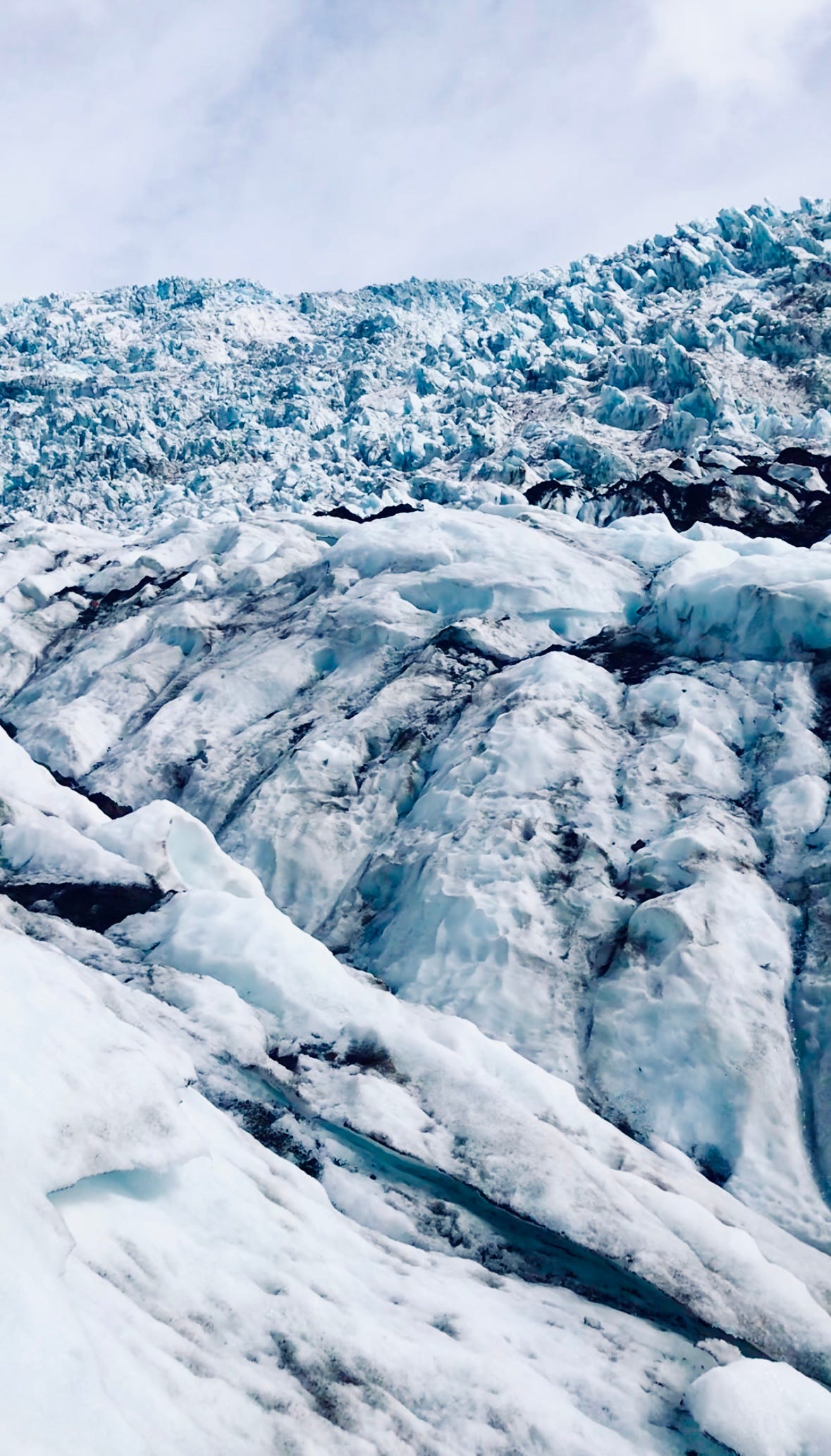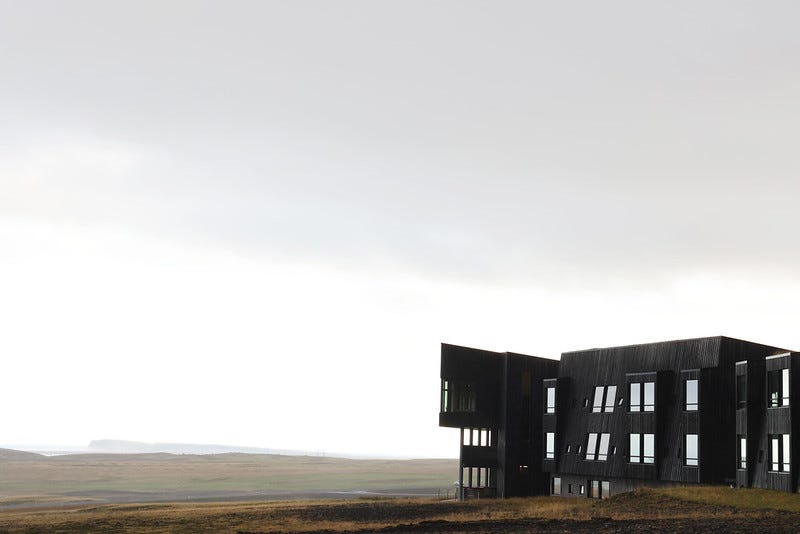Iceland’s Volcanoes Won’t Stop Erupting. You Should Still Visit.
It's called the Land of Fire and Ice for a reason
I flew to Iceland’s Reykjanes Peninsula to see an active volcano up close.
Really close.
Standing no more than five feet from the belching neon-orange lava of the Fagradalsfjall eruption, I was awestruck by this incredible country, this incredible planet, and my incredible fortune to be here. How often do you have the chance to be in arms-reach of this kind of phenomenon?
To get to the lava, I had taken an uneventful ascent through a few miles of heavy, wet fog. On the way up, I passed a few people trundling down from the summit, slick and triumphant. Once at the peak, I didn't find a Hollywood-style eruption, no splashy red explosion from a mountaintop. The lava I encountered was more like The Blob, an amorphous mass slowly bubbling from the earth’s crust. This was a fissure volcano, where lava oozes from the earth. To put it in Hollywood terms, it wasn’t Al Pacino dramatic. It was Morgan Freeman dramatic.
I stood, mesmerized, at the crusty edges of dried black lava that had already encroached on the soft brown dirt, while new glowing striations of fresh orange peeked through like glowing cat eyes. The air was mossy and sulfuric. As the raindrops hit the lava, they sizzled and evaporated. Occasionally, patches of grass caught fire from the heat. The rain put it out. The earth was living and dying all at once.
Now, that was a few summers ago when travelers were still allowed to get this close to Iceland’s active volcano. Over the past few months, the island nation has been making global news as four volcanic eruptions have shaken the same Reykjanes Peninsula—one as recently as three weeks ago. And more are coming.

Locals have been evacuated from the area and hotels and tourist sites have temporarily closed. While news reports and social media posts indicate that Iceland is experiencing the end of days, scientists aren’t worried.
“It’s not surprising, but it is exciting,” Dr. Holly Spice, a geoscientist in Reykjavík, told me. “Scientists have been sounding the alarm for years that we were going into a period of volcanic activity. It seems like in Reykjanes, we get 200-300 years of activity followed by 700-800 years of no eruptions. The last one ended 781 years ago. It was coming up.”
Of course, Iceland is far more than the Reykjanes Peninsula, and local authorities confirm that the air space is safe, as is the vast majority of the country, including its beautiful southern coast where I spent a lot of my time.
After my visit to the infernal Fagradalsfjall eruption, I began a 260-mile journey east along Iceland’s southern perimeter towards the town of Öræfi.
My glacier guide and expert driver played a string of songs from Björk, Sigur Rós, and Jón Jónsson, perfectly punctuating our quiet journey along the Ring Road, the highway that circles the entire perimeter of Iceland.
After five hours, our arrival marked the shift from the land of fire to the land of ice.
Crampons on my boots, helmet on my head, and an ice pick in hand, I surveyed the foot of the Virkisjökull glacier to begin my hike. My guide instructed, “Following in someone’s footsteps is never a good idea,” which—looking up at this white monolith of a mountain—felt more like life advice than a tip for a slippery trek. But his practical message was to literally create your own footing to most securely move upwards on ice. (It was inadvertent life advice, too.)
Once I got the hang of walking in my metal spikes, I scaled the blue-white bulge of Virkisjökull with confidence. It was June, but the air was cool and fresh. The off-season meant we were nearly the only ones on the glacier. Its waters were melting and pure, so I drank directly from the earth’s fountain with my bare hands.
That evening, I slept hard at my Scandi-chic hotel, whose severe black exterior belied the warm comfort of its bustling lobby. Looking far out of my bedroom window towards the horizon, I could see the edge of the Atlantic Ocean, slate grey and quiet.
Iceland is an overwhelming and mysterious place. Nature, here in its most powerful forms, acts as a tyrant to some travelers and a balm to others. I’m grateful that I followed a volcano in order to find a glacier, and glimpsed a few wonders of this planet.
We know all too well how the earth is warming, changing, unpredictable. But as Icelanders have said for generations: Þetta reddast. It’ll all work out in the end.
Take This Trip
Hop a plane with Icelandair from most major U.S. cities to Reykjavík. Get settled in the capital and rest up at Sand Hotel. Book a Southern Sights tour with the independent, carbon-negative operator, Hidden Iceland. With an expert guide, visit Vatnajökull National Park for a glacier hike (also see floating icebergs at Jökulsárlón Glacier Lagoon, and marvel at the large, glittering blocks of ice on the black sands of Diamond Beach). Rest and dine at the Fosshotel Glacier Lagoon.







